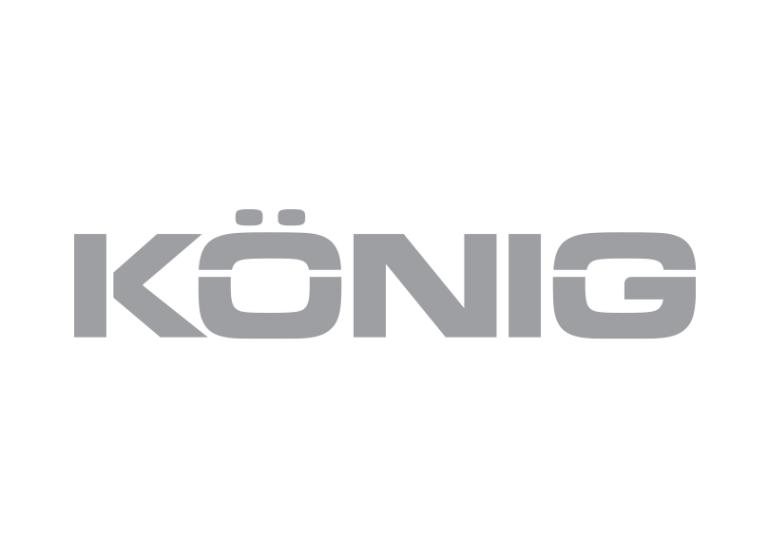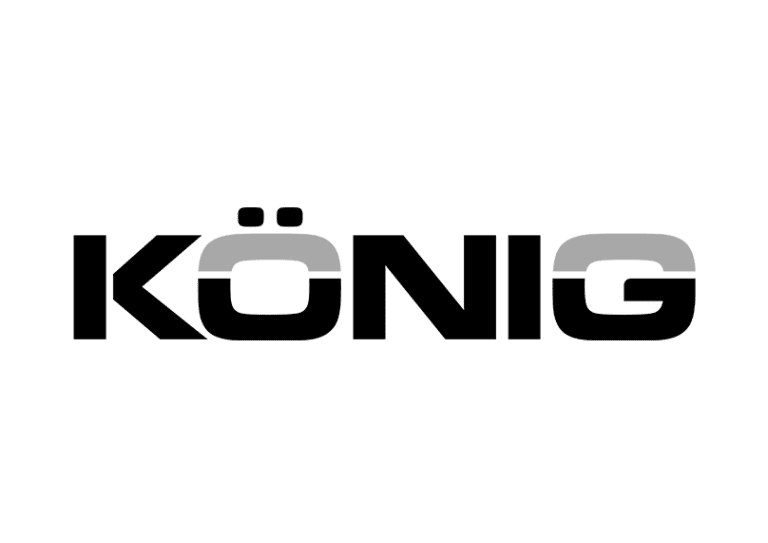Although to unexperienced users snows chain may look like simple sequences of links, the manufacturing process which stays behind them is literally a structured and complex process from industrial perspective as it involves different raw material, processes and treatments to ensure the finished products carries the necessary technical specifications. The König production processes are vertically integrated with a Make- instead of a Buy-approach, benefiting of a deeper control on raw materials, semi-finished goods, products and processes.
Steel wire rod
Steel is the main component of König snow chains. Be sure, we’re not referring to standard raw material available on the market but to taylor-made steel under the form of wire rod.
Our secret receipes come from over 50 years of experience in the snow chain manufacturing: in fact, during this time, we tested thousands of options and defined a very precise steel composition together with the most reliable suppliers on the market.
The highest quality of the steel used by König ensures, together with state-of-art production processes, that finished goods (snow chains) carry the expected technical specs to resist in the most extreme conditions.
Bending process
After the wire is drawn, the link creation process can start.
König uses latest generation bending machines in order to manufacture links with different geometries.
Such machines, ensures that the wire gets properly bent to form links. At this stage, links remain unwelded and prepare for the next working station.
Link welding
König welding machines are internally assembled and configured to maximize their suitability according to our internal production process.
100% of the produced links are welded one to the other and they’re 100% tested by inline traction machines to ensure all of them are strongly connected one to the other. Apart from reaching the technical parameters, König welding machines are calibrated to ensure welds are smooth and aesthetically appealing.
Endless chain
Can you imagine the Earth circumference? König yearly linear chain production covers that in full and exceeds by 50%.
The endless chain production is first step from which the rest of processes originates from.
In fact, to manufacture different types of chain, the endless chains are cut-to-lenght and subsequently assembled to manufacture different product configurations and sizes.
Steel components production
König manufactures in-house all the steel components which are needed on the snow chains: we refer to open links, hooks, swivel, studs or whatever is needed to connect chain parts and other components.
Group assembly
The endless chain gets cut to lenght and the resulting chain segments gets assembled and welded in place to create specific shapes, named Cross-Sections.
Cross-section design are product and size specific.
The sum of different cross-sections make the snow chain tread and represent the touch points between the chain and the ground; they are responsible to provide traction and to resist to the dynamic stress generated by real driving conditions.
Case hardening process
The case hardening process is one of the most crucial parts in the snow chain manufacturing process: its scope is to increase the hardness of the chain links which, in real life, will enter in touch with the ground during the snow chain usage.
After this treatment, chain links reach a specific level of hardness at the surface, a different hardness at link core and a defined hardening depth; now the chain links are resistant against abrasion on the surface while mantaining their ductility at core to ensure a proper link resistance to tensile stresses generated by vehicle’s acceleration, braking and steering.
Galvanization
Assembled chain-groups are galvanized through electrolitic zinc-plating into hoist barrels plant.
Thanks to an electrolitic process, the zinc migrates onto the links’ surfaces creating a full coating with a defined thickness.
At the end of the process, links are protected against corrosion of chemical agents which are used in snow melting compounds used for snow-clearing road activities.
Plastic moulding
Modern consumer snow chains feature different plastic components to make them more functional and comfortable during handling operations.
Following the Make (and not Buy) manufacturing philosophy, König manufactures all the needed plastic components in-house through moulding process.
König K-Summit plastic plates and central bodies, König ATC tensioning devices shells, König Wheel-Shield rim protectors are just some of the parts involved into this production process.
Flexible cable production
Steel cables manufacturing: PE covering, cutting and peeling.
Even flexible cables used into the König Ground-Up snow chains are manufactured in-house starting from endless crossover cables.
Steel cables get PE covered first, then cut-to-lenght, then peeled on the specific side-hook connecting points and then equipped with the connection bushing and hooks.
Final assembly
Once all necessary components are ready and available, it’s time to put them precisely together.
The final assembly process is 100% made by hand with the support of dedicated equiment and tools; during this phase the snow chain reaches its final configuration as consumers are used to see it.
Now it’s time to place them into their final packaging,
Packaging
Snow chains and kits are packed into their storage hard-cases or textile bags.
The packing department takes care of placing the finished snow chains into their storage boxes or bags together with the snow chain kit (instruction manual, repair links, additional optionals according to the different snow chain models).
At this stage, the storage boxes are labelled with the necessary product stickers for logistic and end-user purposes (tyre sizes application lists).

